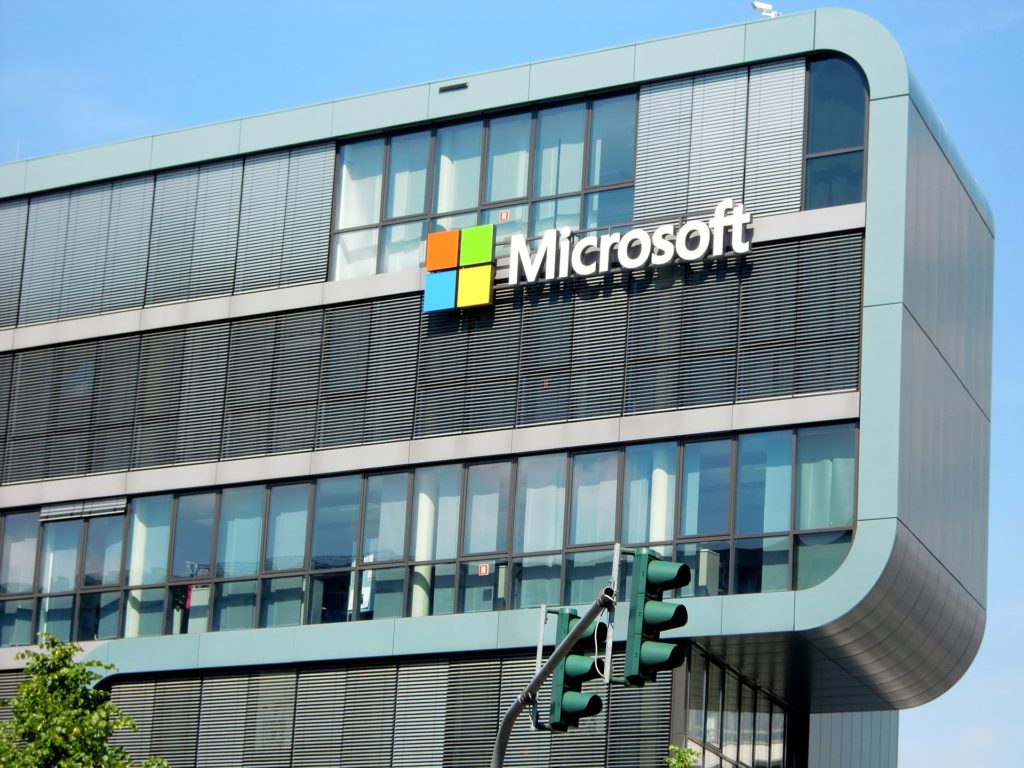
American multinational technology company Microsoft had announced that it is planning to build two new data centers in the Swedish cities of Gävle and Sandviken, just north of Stockholm, that will be powered by 100 percent renewable energy sources . It is also aiming for the two centers to achieve zero-waste operations.
Microsoft President Brad Smith said that, by the end of this year, the company intends to be powering its datacenters with 60 percent renewable energy, and will aim to reach 70 percent renewable energy by 2023, on the path to 100 percent. The company has operated as carbon neutral since 2012 and “is continuously increasing the amount of energy the company uses from renewable sources – wind, solar, and hydropower”.
It plans to collaborate with Vattenfall – a state-owned Swedish power company that also generates power in Denmark, Finland, Germany, the Netherlands and the United Kingdom – on the sourcing and supply of renewable energy for the two planned datacenters.
The two companies said they planned to collaborate to develop solutions to reduce the carbon footprint of the datacenters and construct new power infrastructure to provide stable power for the facilities and the surrounding areas in Sweden in the coming years”. They anticipate that, over time, the new power infrastructure will help further reduce the carbon footprint of the datacenters.
Microsoft and Vattenfall previously announced “the largest wind energy deal in the Netherlands in 2017”, in which Microsoft purchased 100 percent of the wind energy generated from a 180-megawatt wind farm adjacent to its local datacenter operations in the Netherlands. The wind farm is being constructed and operated by Vattenfall in the Wieringermeer Polder, north of Amsterdam.
“We intend for our datacenters in Sweden to be among the most sustainably designed and operated in the world with the ultimate ambition of achieving zero-carbon operations,” Noelle Walsh, CVP of Cloud Operations & Innovation at Microsoft Corp, said in a statement. “The datacenter design we’re developing will further Microsoft’s ongoing commitment to transition to a sustainable, low-carbon future.”
Vattenfall’s Senior Vice President of Strategic Development, Andreas Regnell, said the company was “fully committed” to help its customers to live “fossil fee” within one generation and that the partnership with Microsoft would fit “very well” with Vattenfall’s overall strategy.
The new datacenters in Sweden are “in anticipation of future needs for cloud and internet services as demand in Europe continues to grow”, Microsoft said. In its recent Q3 2019 earnings report, Microsoft told investors that demand for its cloud offerings drove commercial cloud revenue to $9.6 billion in its most recent quarter, up 41 percent year-over-year.
The datacentres in Sweden will add to the company’s existing European datacentre footprint, joining the ranks of its other planned datacentres in Norway and Switzerland, and already available datacentres in Austria, France, Finland, Germany, Ireland, the Netherlands and the United Kingdom.
As part of a drive to focus on research and development for greater efficiency and increased renewable energy across its global infrastructure, Microsoft said it plans to launch a new data-driven circular cloud initiative using the Internet of Things (IoT), blockchain and artificial intelligence (AI) to monitor performance and “streamline the reuse, resale and recycling of datacentre assets, including servers”.


Leave a Reply